Scattered Thoughts on Uncharted 4: A Thief’s End
By Darth_Navster 5 Comments
After five games of climbing, shooting, and narrow escapes, we have now arrived at the conclusion of Nathan Drake’s adventures. Uncharted 4: A Thief’s End seems to do anything and everything to ensure the roguish charmer ends his series on a high note. But now that I’ve completed the game I can’t help but feel conflicted towards it. Some parts I adored, others not so much. So, without further ado, here are my scattered (and likely contradictory) thoughts on Uncharted 4. Spoilers ahoy!
Holy hell this is the best looking game ever
Let me get this out of the way; Uncharted 4 is the best looking game that I’ve ever played. This is irrespective of platform and I’ve seen no game on even the PC that comes close to matching it. Sure, you can point to the fact that the game runs at 30 fps and there may be textures here or there that aren’t as crisp as playing The Witcher 3 on ultra settings, but none of that matters. What matters is that Naughty Dog has such an eye for animation, framing, and artistry that is leaps and bounds ahead of rest of the industry. I mean, just look at this:
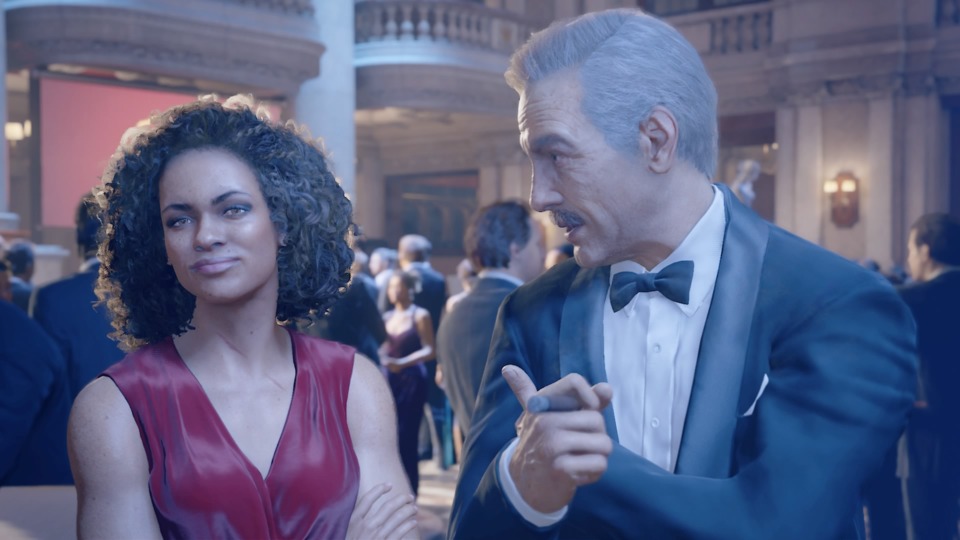
Or this:
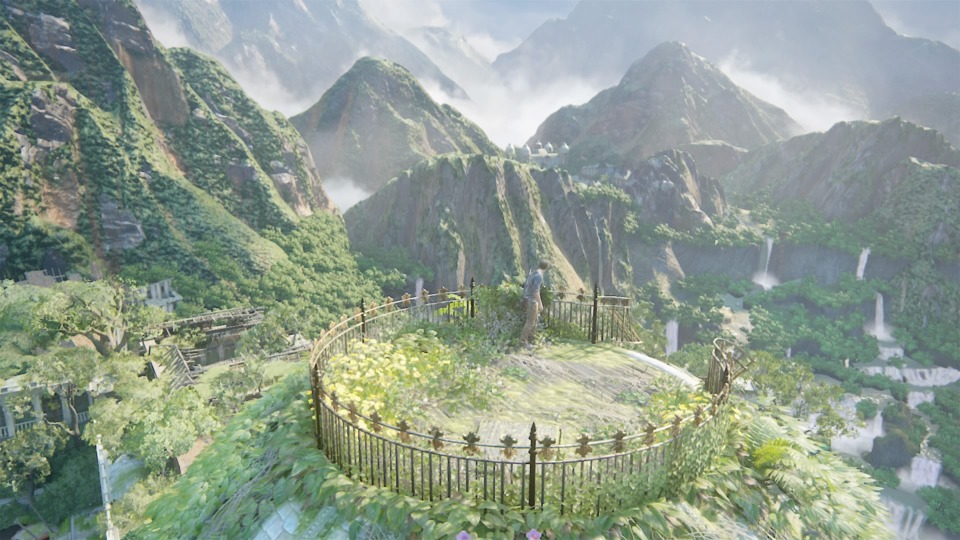
Or this:
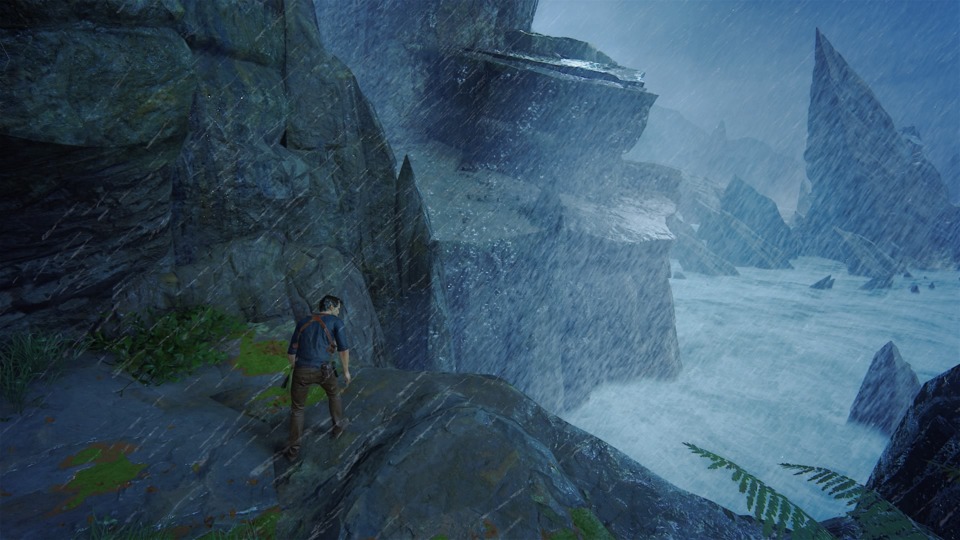
What’s even more insane is that I’m not even surprised by this anymore. Uncharted 2 was the best looking game ever when it released, so was Uncharted 3, and so was The Last of Us. Naughty Dog is working at such a high level that they make everyone else look like amateurs. Sure, we can rationalize all this. CD Projekt Red made an open world so of course The Witcher isn’t going to match the visuals of the relatively linear Uncharted series. Kojima was too focused on interlocking gameplay systems and heavily scripted cutscenes and so Metal Gear Solid V obviously can’t compete with the more straightforward The Last of Us. But when Geralt or Snake get into a conversation with someone, all the shiny graphics and smooth motion can’t make up for the fact that it still looks like awkward animatronic robots flapping their mouths at each other. I don’t mean to dump on other games, but it just seems like that the industry is so focused on hyper realistic textures and such that they forget the little details that make games feel real. The reason that Uncharted 4 is the best looking game ever is for all the little details, like Elena’s unbelieving smirk that tells you she doesn’t believe Nate’s lies or how Nadine’s hair bounces and bobs ever so perfectly. Perhaps more big-budget developers can take lessons here and start to focus on the little things rather than simply making explosions more explode-y.
Sam Drake is a retcon that only sometimes works
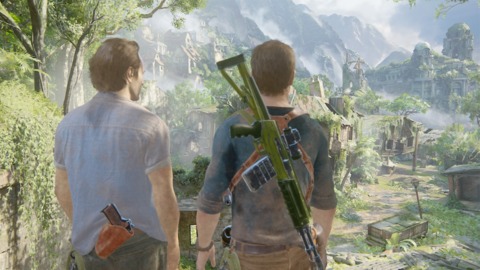
With their combined ubiquity, it seemed almost inevitable that Nolan North and Troy Baker would co-star in a game together. Uncharted 4 becomes that game with the introduction of Samuel Drake, Nate’s long lost brother that oh-so-conveniently has never been mentioned before. Like the rest of the voice cast, Baker deserves kudos for turning in a fine performance as the elder Drake. While the role isn’t quite as deep as Joel from The Last of Us, there’s still plenty in Sam’s backstory for the veteran voice actor to work with. After an attempt to find a clue for the game’s requisite treasure, Sam becomes trapped in a Panamanian prison with Nate believing him to be dead. He subsequently spends the next fifteen years rotting in captivity before being set free. He then proceeds to convince Nate to pick up the trail for the pirate treasure horde they were seeking all those years ago. Sam’s pale and aged skin evokes a man who has lived a very hard life, and it becomes clear as the story moves forward that behind the patented Drake family quips lies a very desperate and damaged man. It feels earned near the game’s end that Sam would go back to get the treasure even if it would be practically suicide for him to do so. He’s been dreaming about the pirate horde for years now, and in many ways that’s all that has kept him going. I fully expected him to die by the end, restoring the status quo, but I was pleasantly surprised that Sam survived and moved on from his quixotic quest. It’s all good character work and the late addition of Sam to the Uncharted canon actually works for the most part.
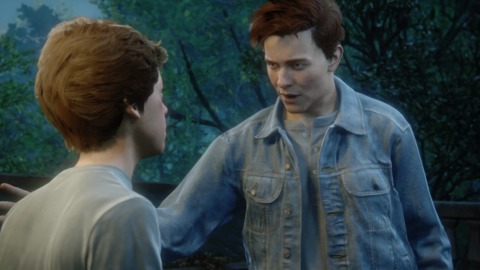
What didn’t work for me, however, was the Drake brothers’ backstory. The game suggests that Nate and Sam began adventuring together when Nate was about 10-11 years old. But then why is Nate on his own as a teenager in Columbia when he meets Sully in Uncharted 3? And then why is he back with Sam again as a young adult in Panama and no Sully around? Sully and Sam clearly know each other as implied by their meeting in Uncharted 4, but there’s no indication that they know each other all that well. It seems strange that these two men, whom Nate is close enough to consider family, are so leery and unfamiliar with one another. Finally, I’m not entirely on-board with the fact that Nate and Sam originally shared the last name Morgan and subsequently changed their surname to Drake. From Uncharted 1 to 3 there’s a through-line that Nate truly believed he was a descendant of Sir Francis Drake. Whether this was in fact true or not is less important than the fact that Nate was utterly convinced of it. But now we know that it was always a lie, and Nate knew it. Suddenly his recklessness and determination don’t come from a place of deep conviction, but from simply lying to himself and others. Nate was never a perfect hero, but now it feels like he’s suffering from a long, untreated case of narcissistic personality disorder that everyone in his life continues to enable. Definitely not a good look for our protagonist.
Nate and Elena’s marriage is the best relationship in video games
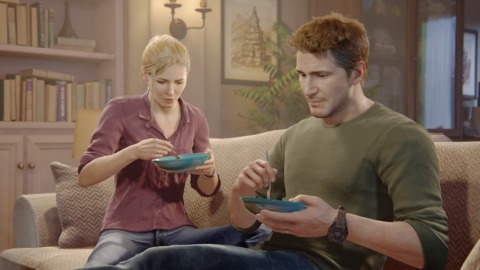
Throughout the series I was always a big fan of Nate and Elena as a couple. Here were two tough and capable people that were made better together, and I was beyond happy when they reconciled at the end of the last game. The story here picks up with them in the throes of domestic bliss being just the cutest lovey-dovey couple ever. Much has been already discussed about the dinner scene early on, but I can’t help but single it out for praise. There is no real conflict to that scene, and while there are hints that they both want more excitement, they seem content with the life they are leading. Maybe it’s because I’m married, but I can relate so much with grabbing some bowls filled with noodles and plopping down on the couch after a long day to just chat. The subtle details to this scene add to the authenticity, as I’ve seen my wife in the same pose as Elena, one leg on the couch and turned toward me, or the occasional drifting of attention from the conversation. It’s all just so well done.
Of course, Nate the idiot chooses to imperil his marriage by lying to Elena about Sam’s return and their subsequent adventure. I get the motivation, as he feels that he owes his brother but doesn’t want to tell his wife, but I can’t fathom such a big lie. It’s acknowledged over and over how dangerous this type of work is, but Nate doesn’t seem to care that there is a very real chance he could die and the last thing he said to Elena was a lie. Uncharted exists in a world where Nate can mow down countless soldiers, survive insanely large explosions, and fall from great heights with no severe injuries, but in previous games this was all hand waved by the fact that Nate is a thrillseeker with nothing to lose who gets very, very lucky. But now Nate does have something to lose, and he lives in a world where his incredible luck and survivability are not taken for granted. In that light he seems downright psychotic to not tell Elena about his intent to undertake a dangerous quest to save his brother. The Uncharted series has been accused of ludonarrative dissonance before, but it feels especially pronounced here. What’s the point of not adventuring if there’s no danger to it? Nate seems to take for granted that he’ll survive, so why bother lying to Elena?
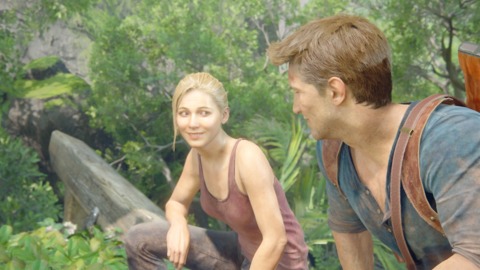
Elena, to her credit, becomes absolutely livid when she discovers Drake’s deception (see what I did there?) and proceeds to storm off with their marriage in shambles. It’s the emotional low point for Nate and reframes his determination as selfishness. But this is not to last, and Nate is saved near the game’s end by Elena after a particularly rough tumble off of a cliff. On the surface it seems odd for Elena to come back to someone who’s lied to her repeatedly over the years, but I get it. She utterly loves Nate, flaws and all. He may be selfish, he may be completely and utterly wrong, and she may be furious at him, but dammit they’re married! That’s the funny thing about marriage, that no matter what, it’s just you two against the world. I’ve gone to bat for my wife, stood up for her even when I think she was in the wrong, because I know she’d do the same for me. So it goes with Nate and Elena, who put aside their differences to save Sam. The wound caused by Nate’s lies is still there and they will have to work things out later, but for now they’re a team. It all feels to so imperfect, so inconsistent, but above all it feels like the most authentic relationship I’ve ever seen in a video game.
Concluding thoughts
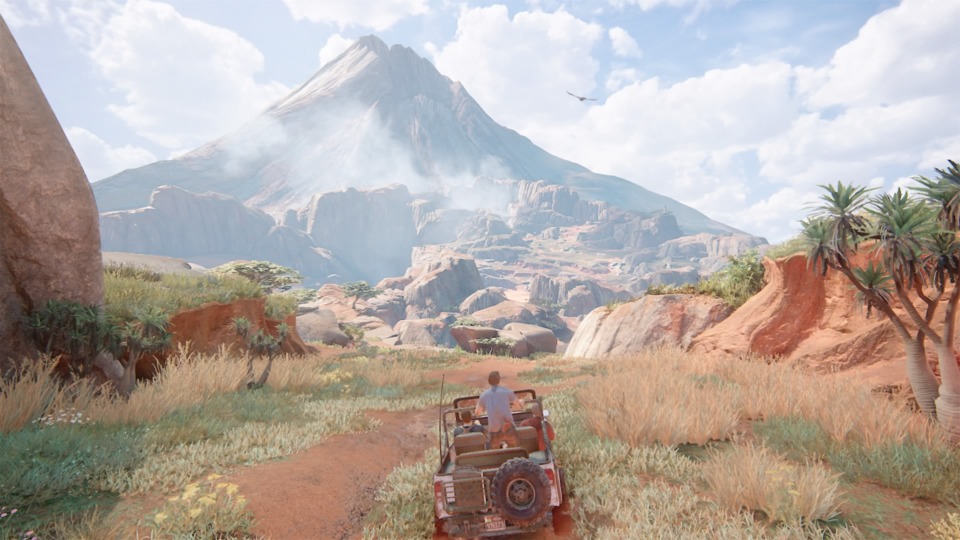
I feel like I’ll be mulling over Uncharted 4 for a good long while. On one hand, I’m still not entirely convinced that the game was even necessary as Uncharted 3 had a satisfying conclusion to Nathan Drake’s character arc. Indeed, part of me yearns for what the team at Naughty Dog could have done had they worked on an original IP instead. But on the other hand the game they made was so well executed, so wonderfully written, that I didn’t mind spending one more game with Nate, Elena, and Sully. I’m okay with taking a break from the series for now, and I’m excited to see what new things Naughty Dog does next. Nate’s adventuring days are over, but if in a couple of years they choose to follow the adventures of Cassie Morgan/Drake/Fisher, I’d be totally fine with that.
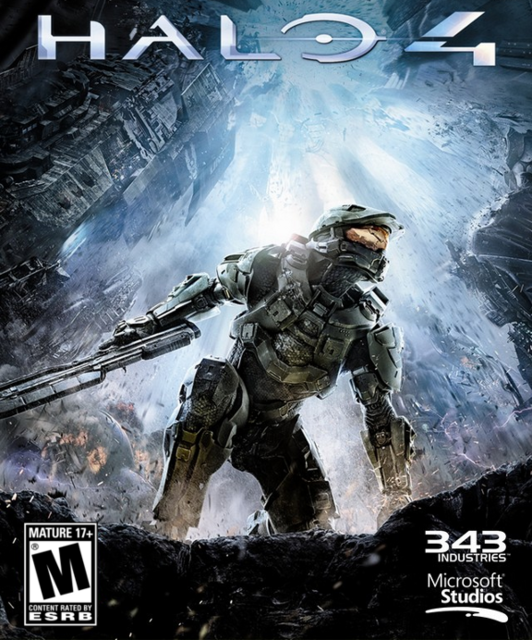


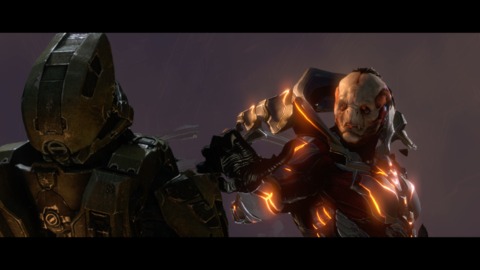
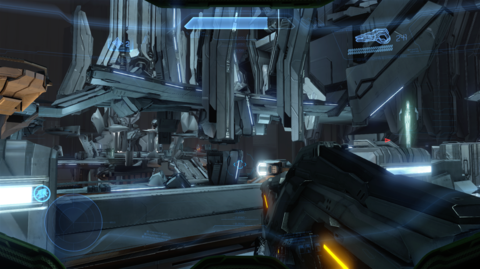
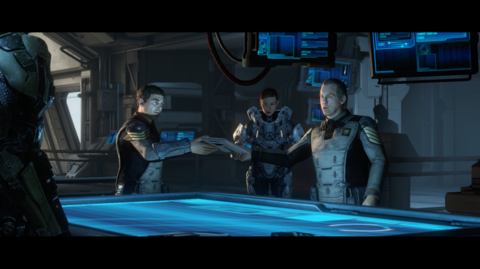
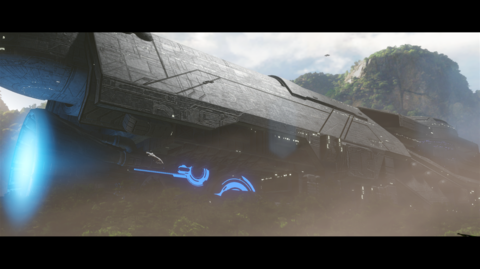
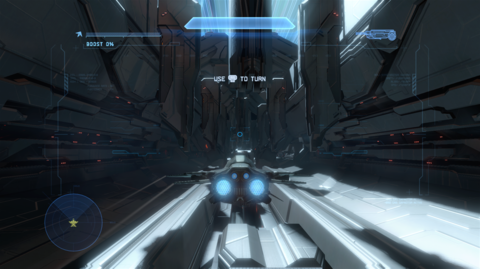
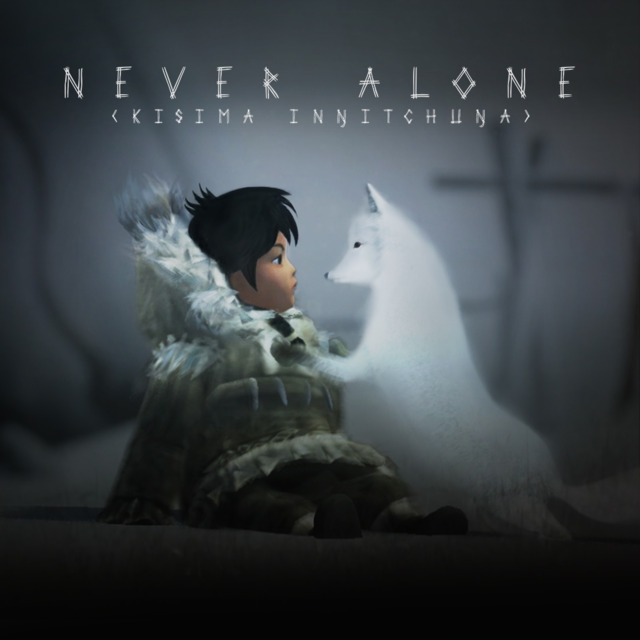
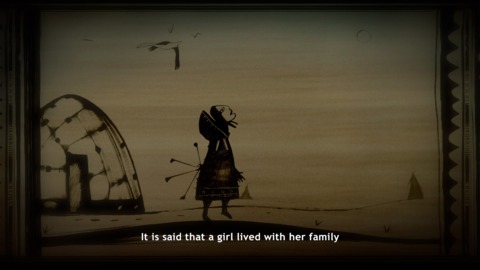
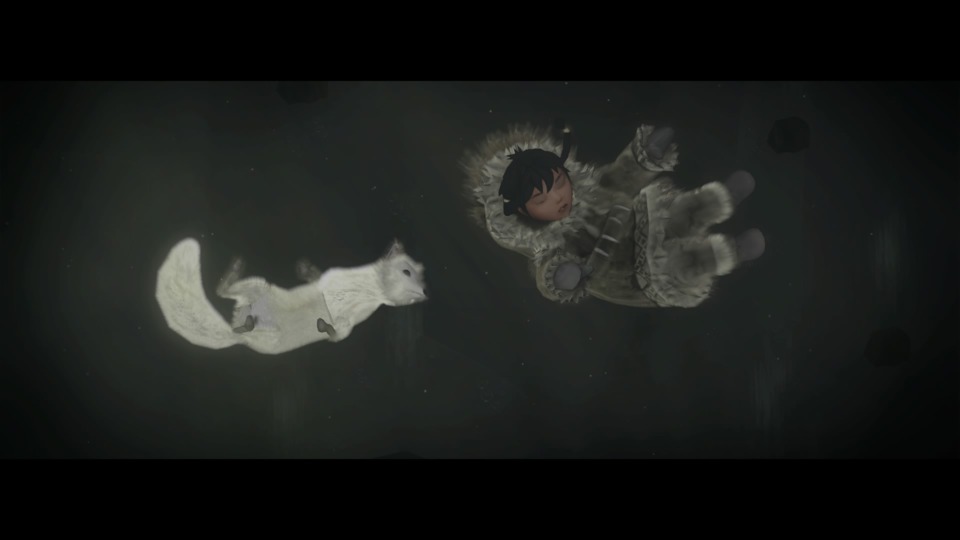
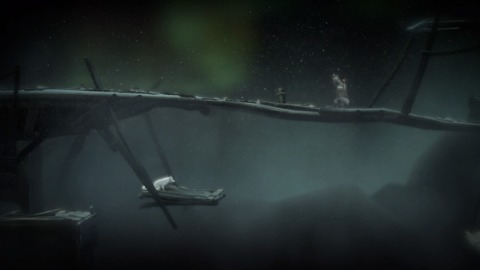
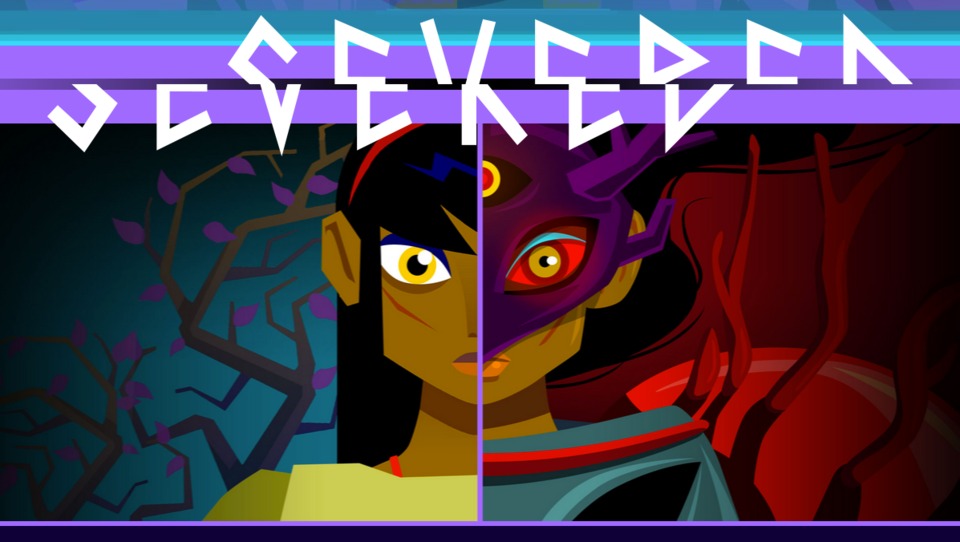
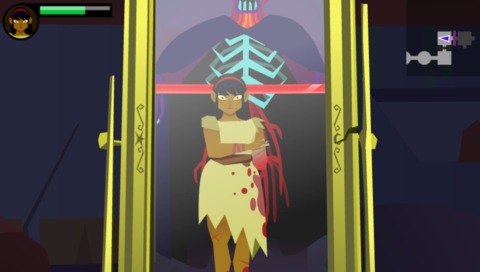
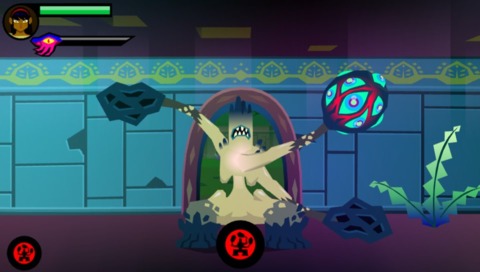
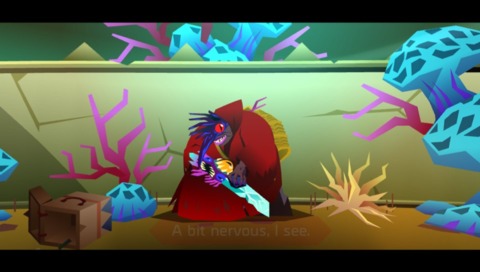
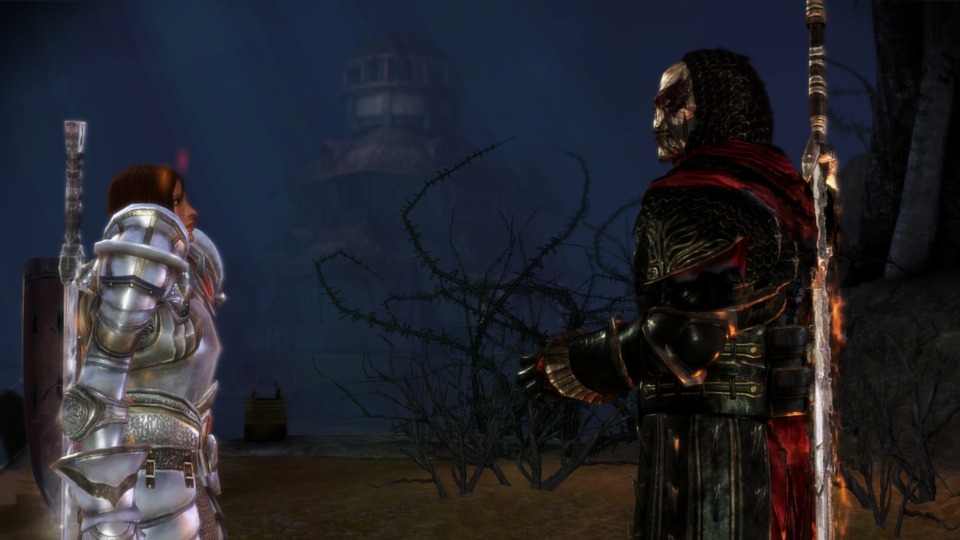
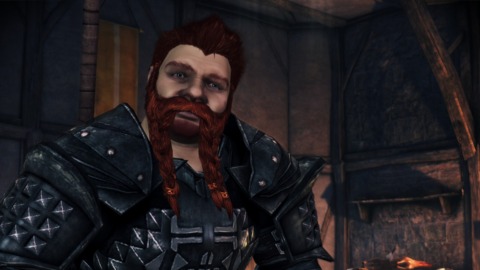
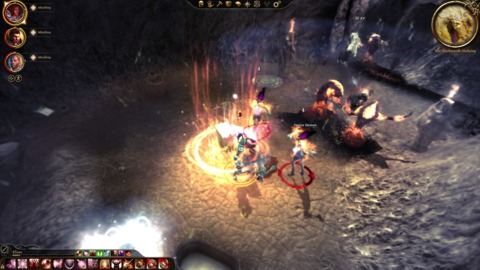
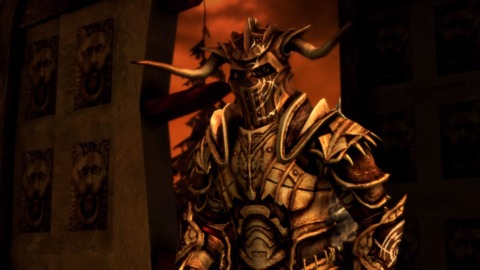
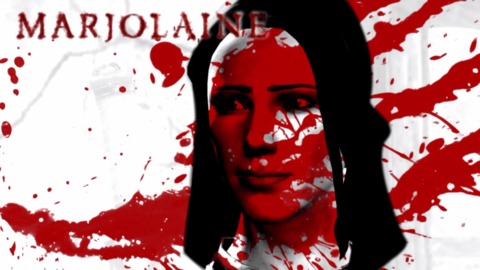
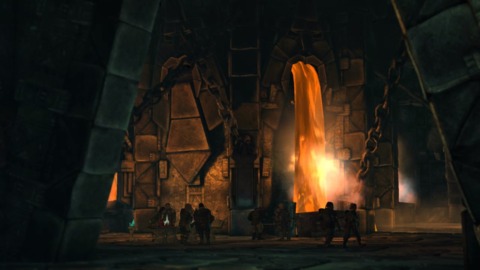
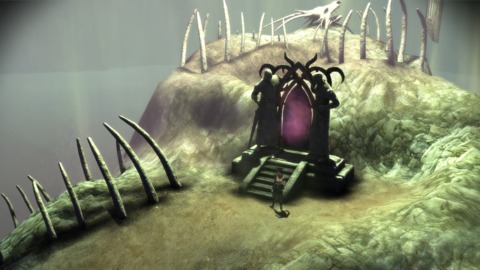
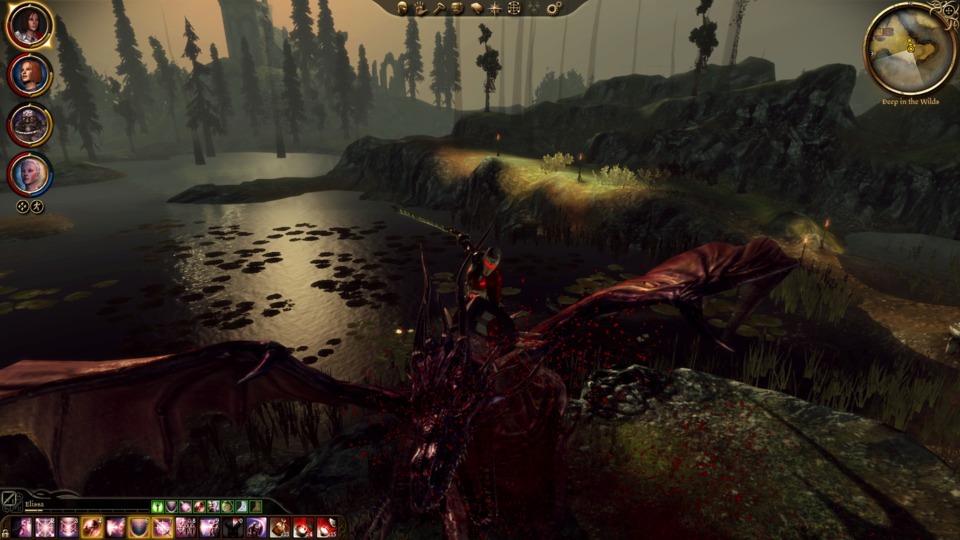
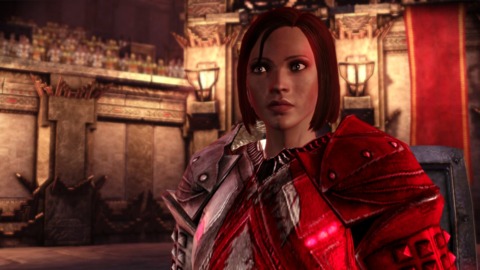
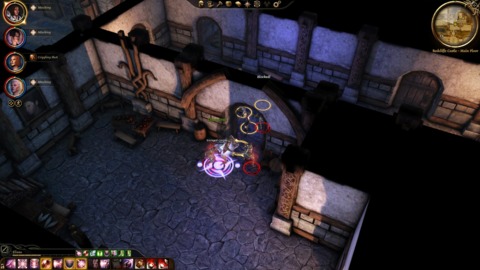
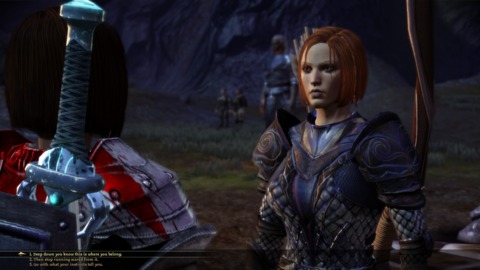
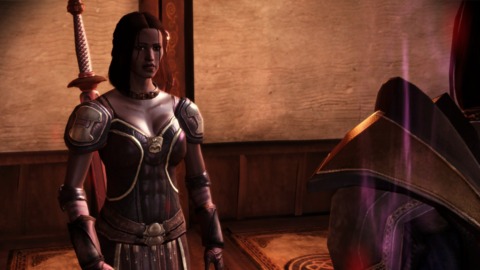
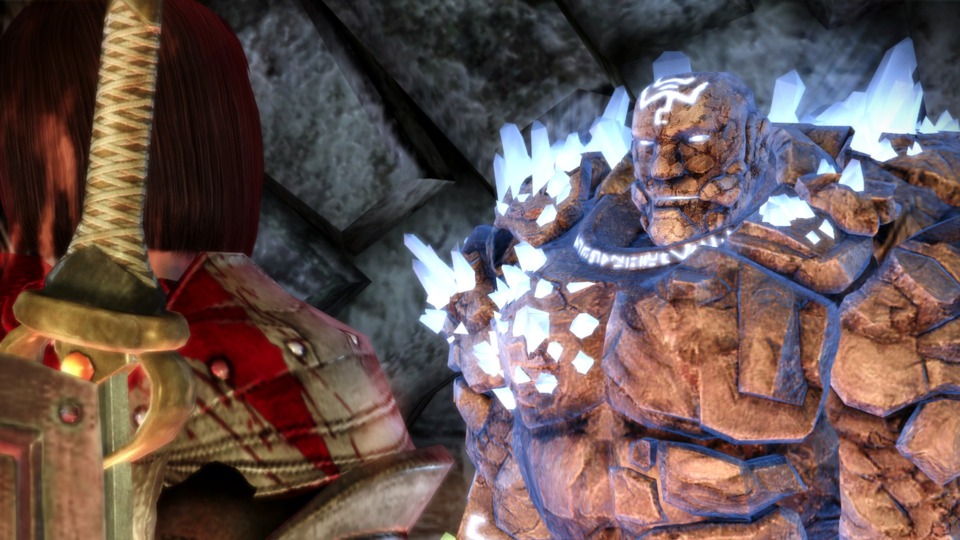
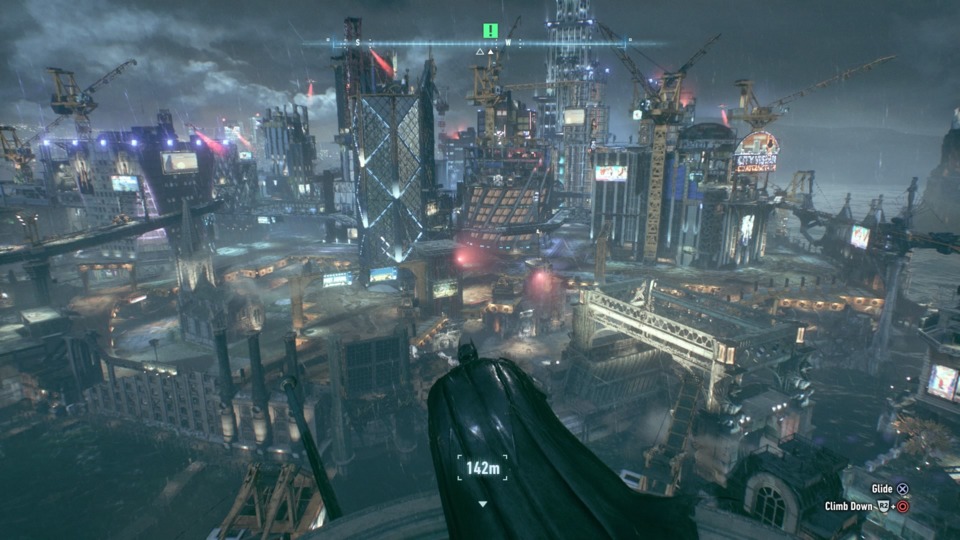
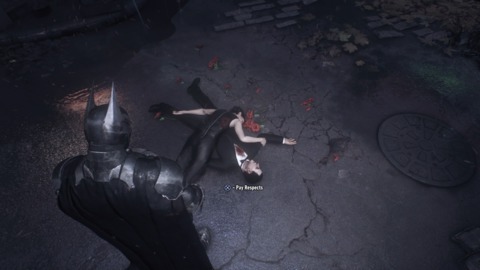
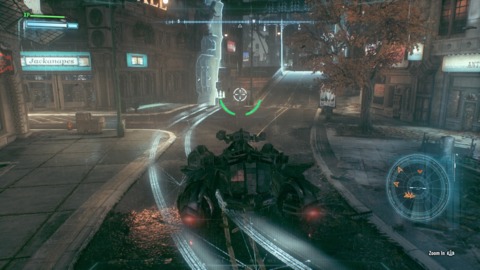
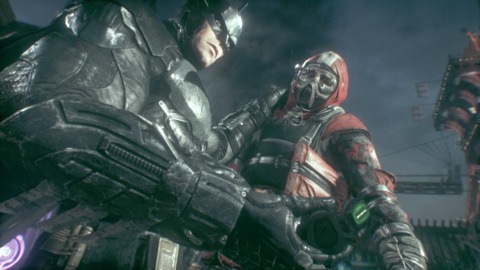
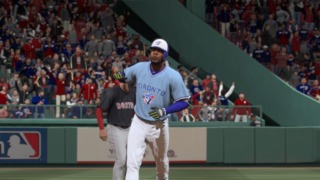
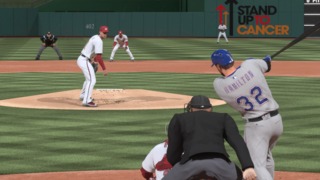

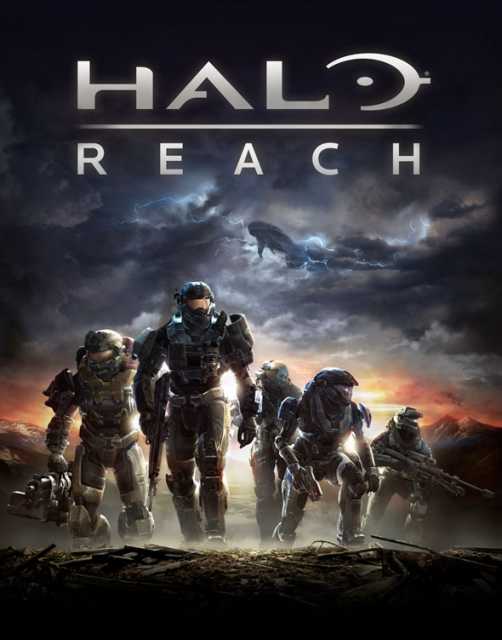
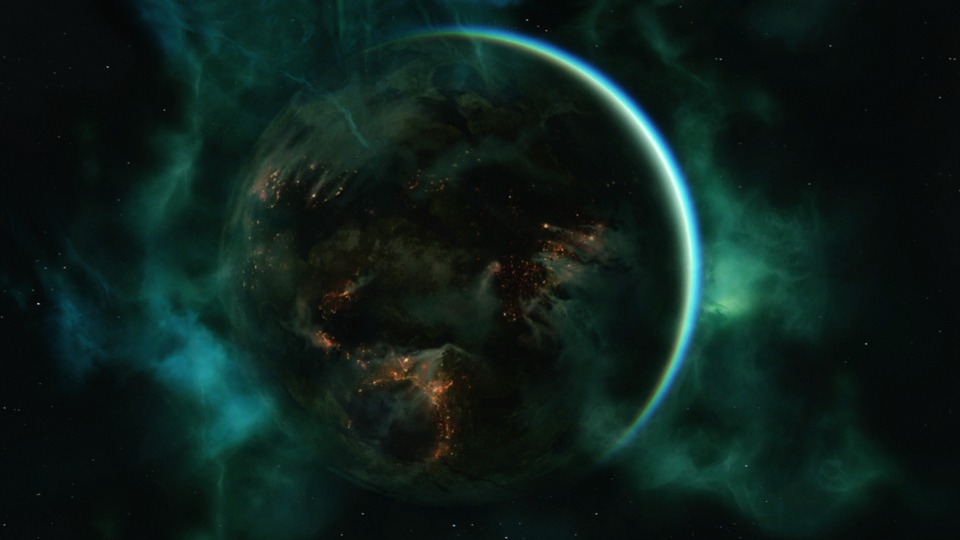
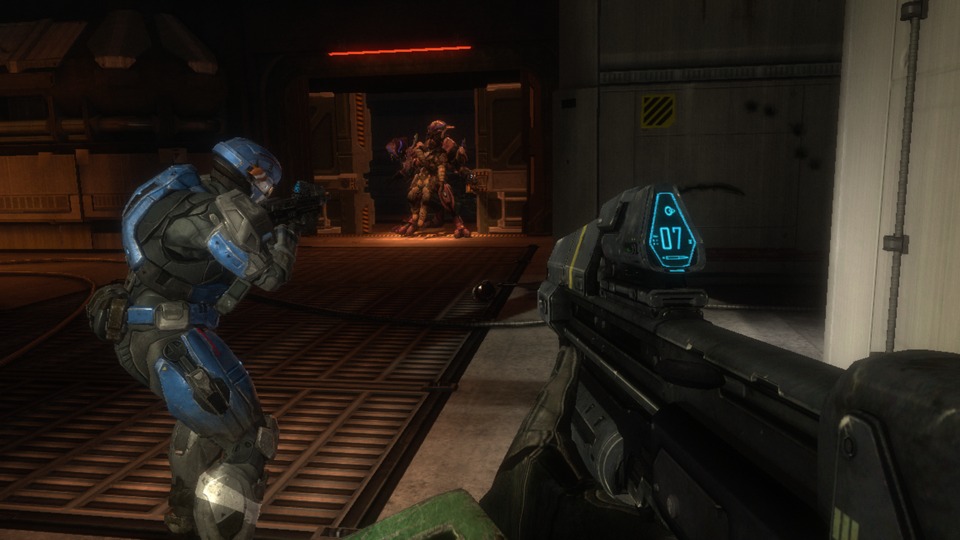
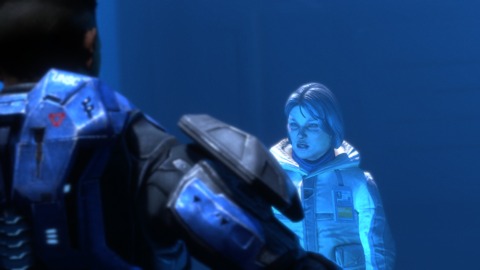
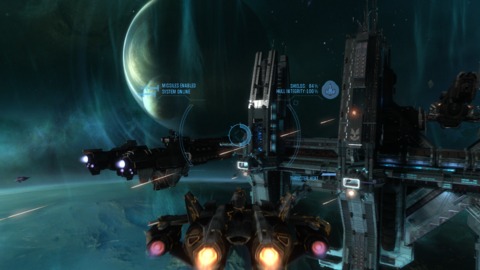
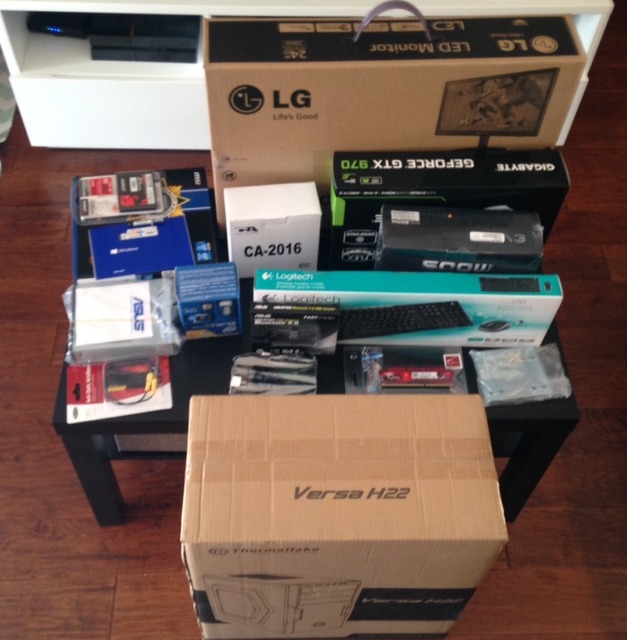
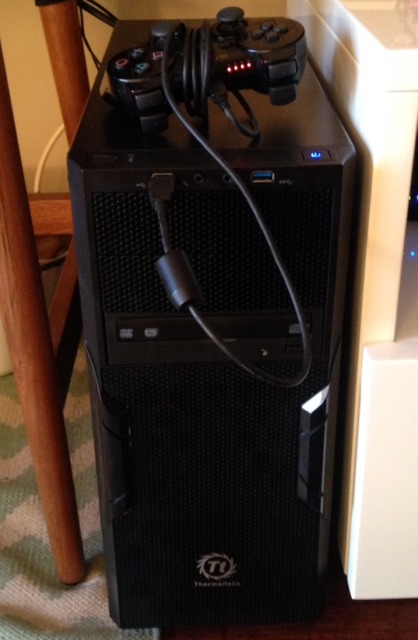
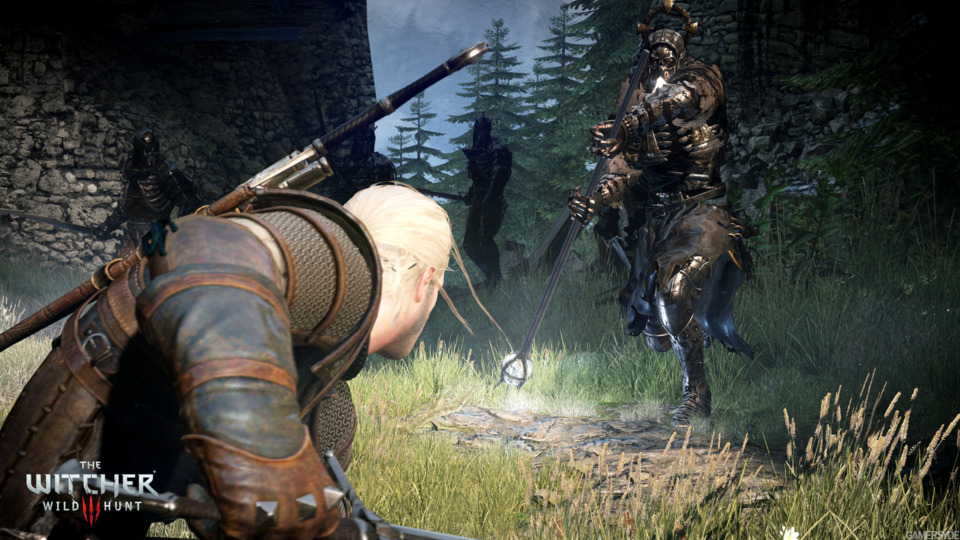

Log in to comment